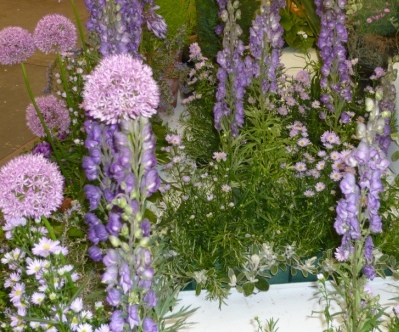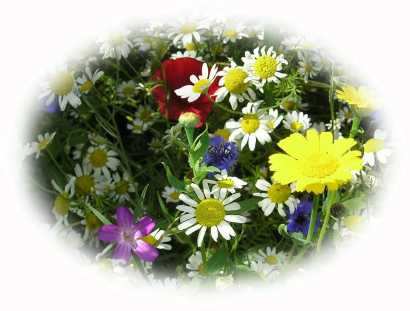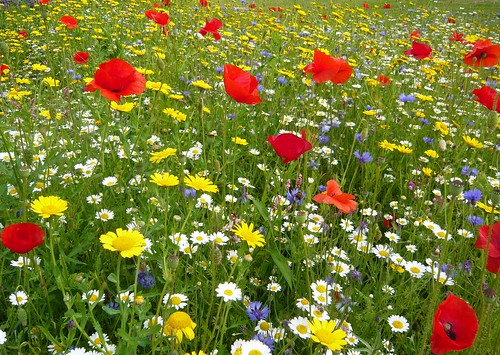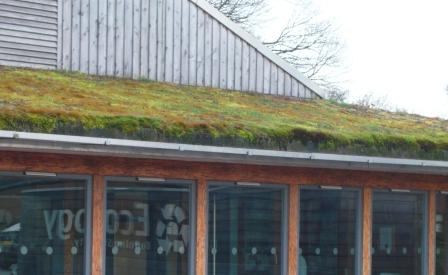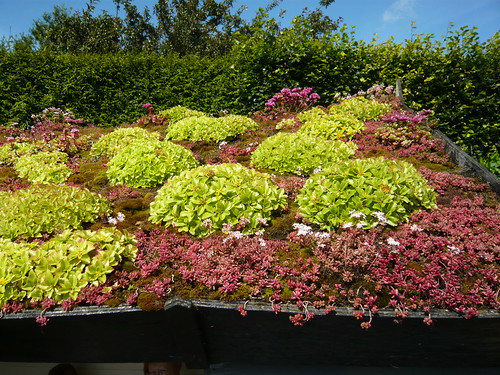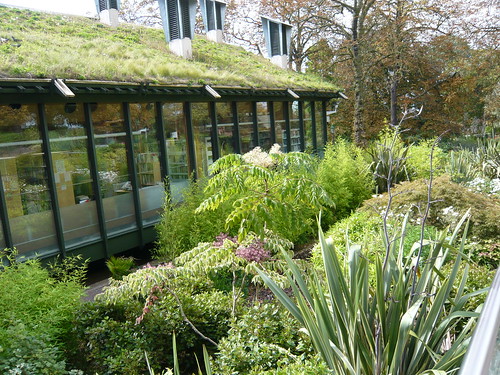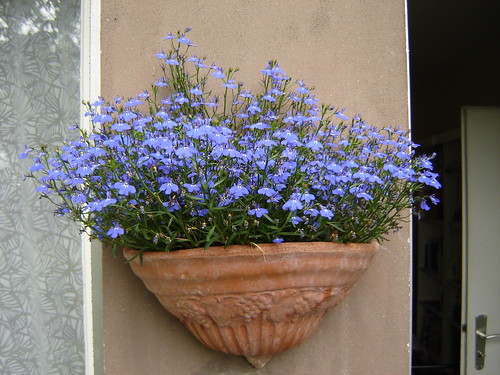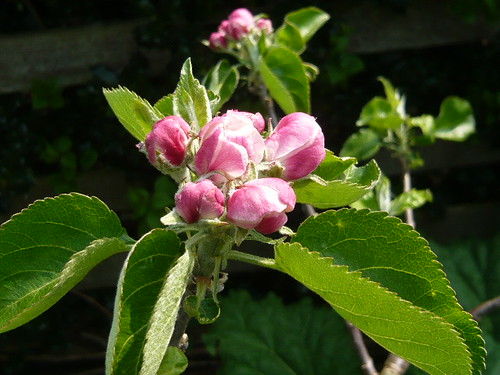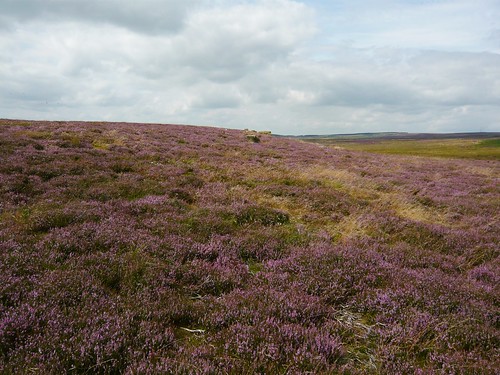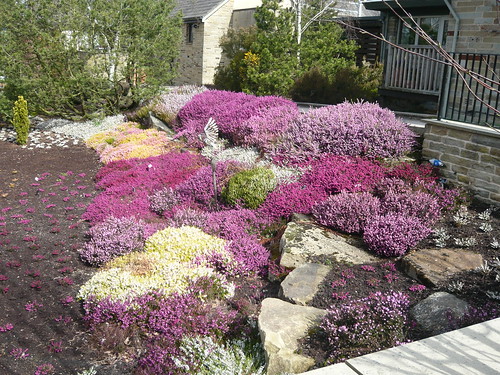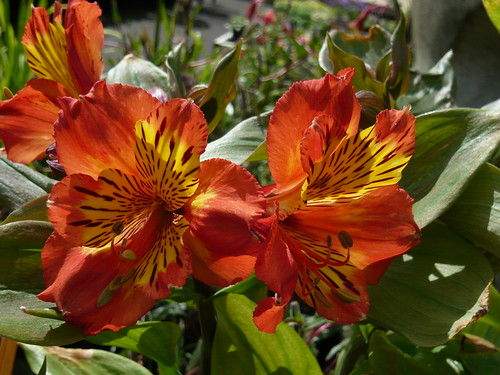Get Ahead of the Garden Game
Gardeners get ahead of the game as experience tells them to remember earlier lessons.
A garden is for life not just Spring and Summer so you need to play a long game and plan ahead. Our top tips for 12 months time follow but you also need to think about the medium and longer term.
Trees will grow more rapidly once established like the Cupressus I have just had to cut back. Conifers may grow 10% a year and as these had grown to over 24 feet when the situation really needed a 10 foot maximum I had a problem and a lot of work to do.
Shrubs need space to spread and as you plant them think what they will be like in 3+ years. You do not want to be moving prize Camellias or Peonies once they are established. Plant short lived or less important plants near them that can be discarded as your prize shrub matures. Hedges get thicker and wider even with regular pruning so allot enough space when you set out. Do not let them get out of hand and block light, paths or access.
Hard landscaping is even more permanent than most plants. Marry your landscaping to the key core trees and plants you want to build the garden around. Prepare in detail and put in long lasting foundations not quick fixes.
Top Tips for a Grand Garden Next Year
- Feed your bulbs and let them die down naturally. Order more bulbs now.
- Grow biennial plants from seed eg. sowing Wallflowers from June and pinching out the plants to make them bushy.
